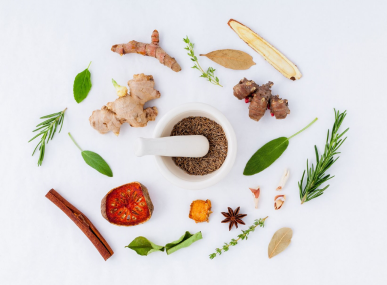Phytotherapy : what is it ?
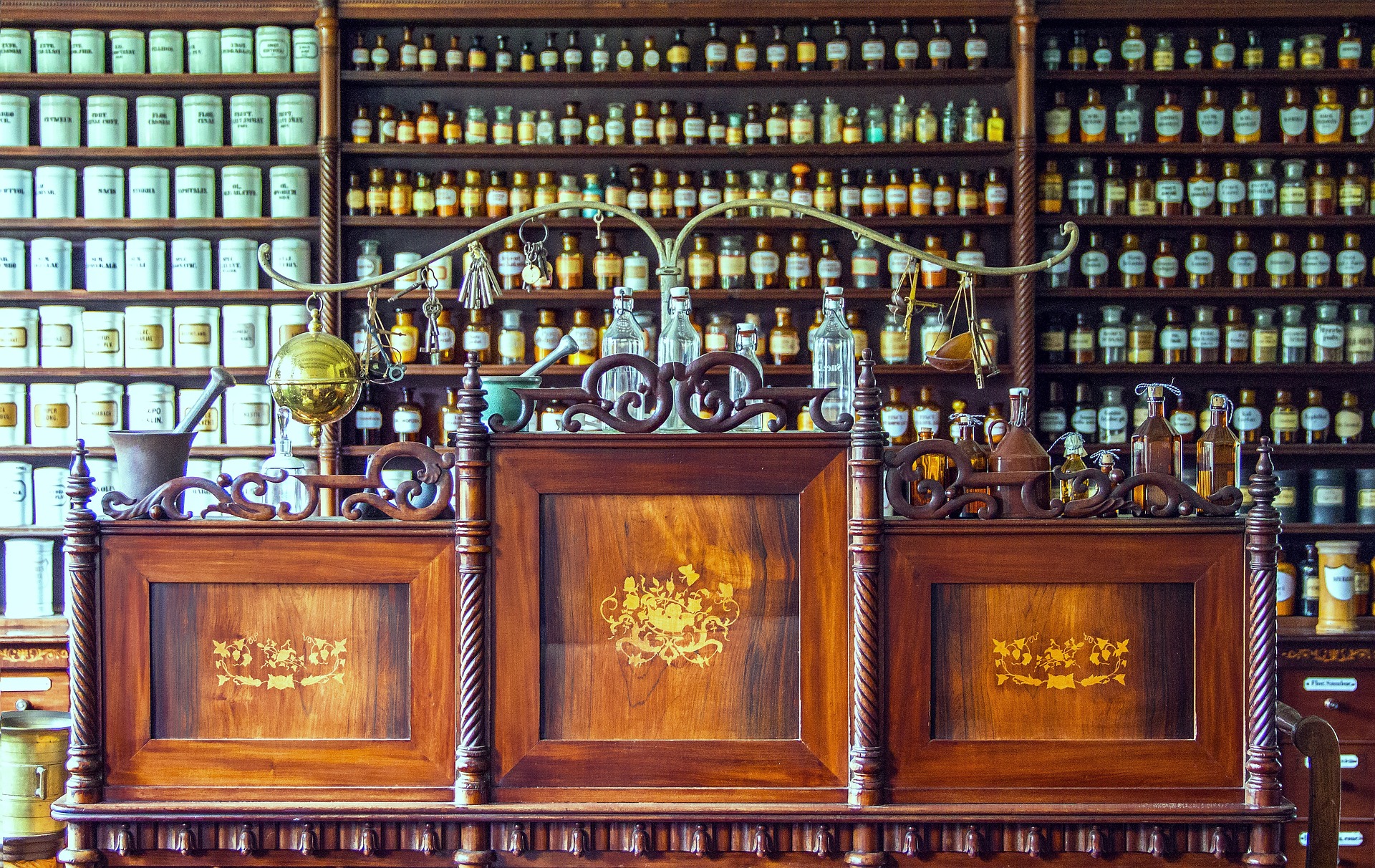
Phytotherapy is the use of medicinal plants to naturally treat or prevent various ailments of the human body. Phytotherapy is a form of alternative medicine that uses plants or plant extracts to treat diseases or health disorders. It is based on the idea that plants contain active substances that can have therapeutic effects on the human body. Herbal medicine may include the use of leaves, flowers, roots, seeds or other plant parts, either as concentrated extracts or as whole plants. Herbs used in herbal medicine can be taken orally, applied to the skin or inhaled as a vapor. Although herbal medicine is widely used throughout the world, scientific evidence for its effectiveness varies depending on the plants and the conditions being treated. Herbs can come in many forms (herbal tea, tablets, capsules, vials or ampoules).
The history of medicinal plants
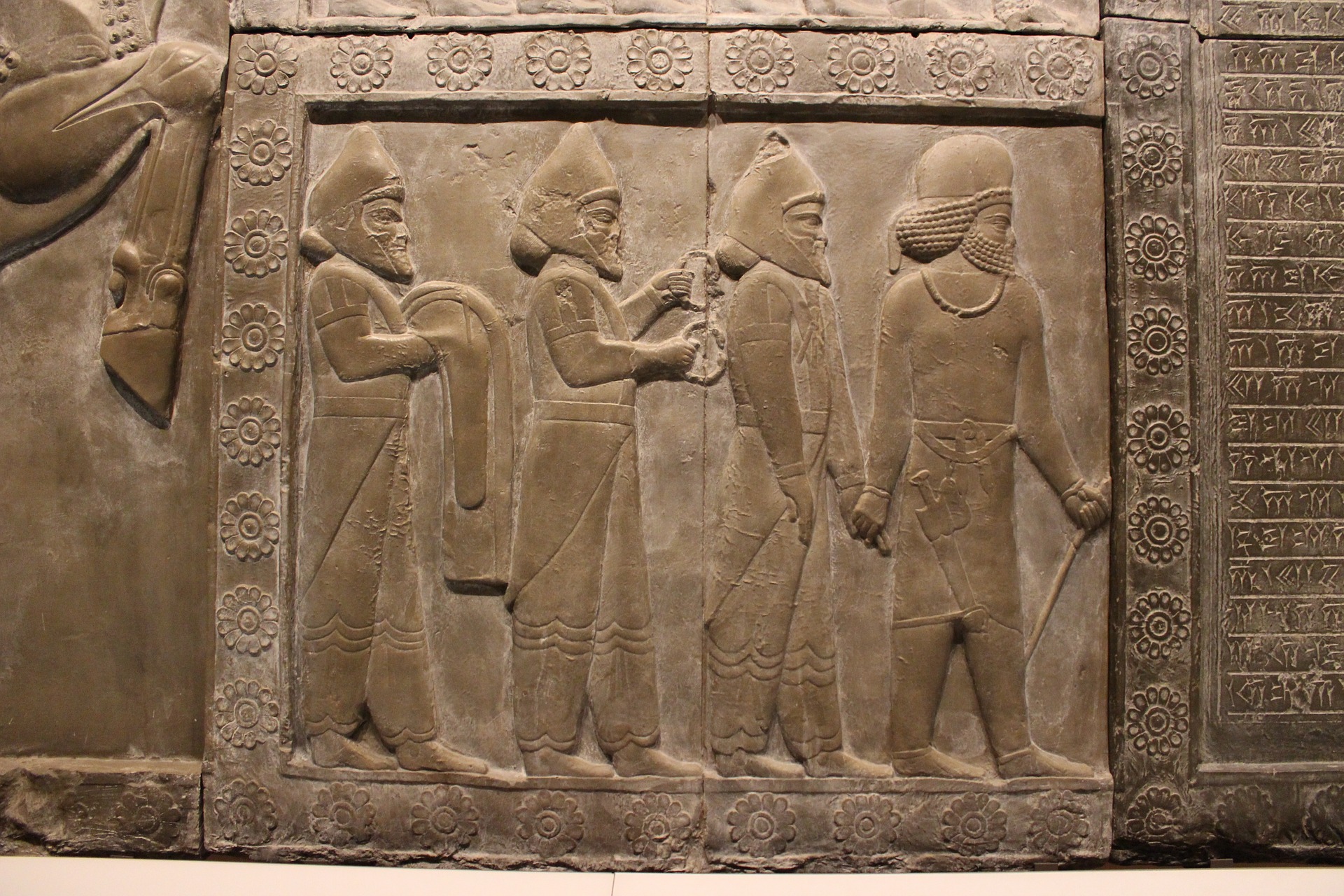
Throughout the centuries and continents, men have acquired the knowledge and use of plants in order to benefit from their medicinal virtues. In the beginning, plants were used in religious and magical rituals in various traditional medicines around the world. Like aromatherapy, the first traces of medicine by plants are found in 3000 years BC, but a little further east, in the Sumerian civilization (located in the south of present-day Iraq). But afterwards, plants were relegated to the rank of grandmother's remedies with a questioning of their virtues to the sole benefit of modern chemistry drugs.
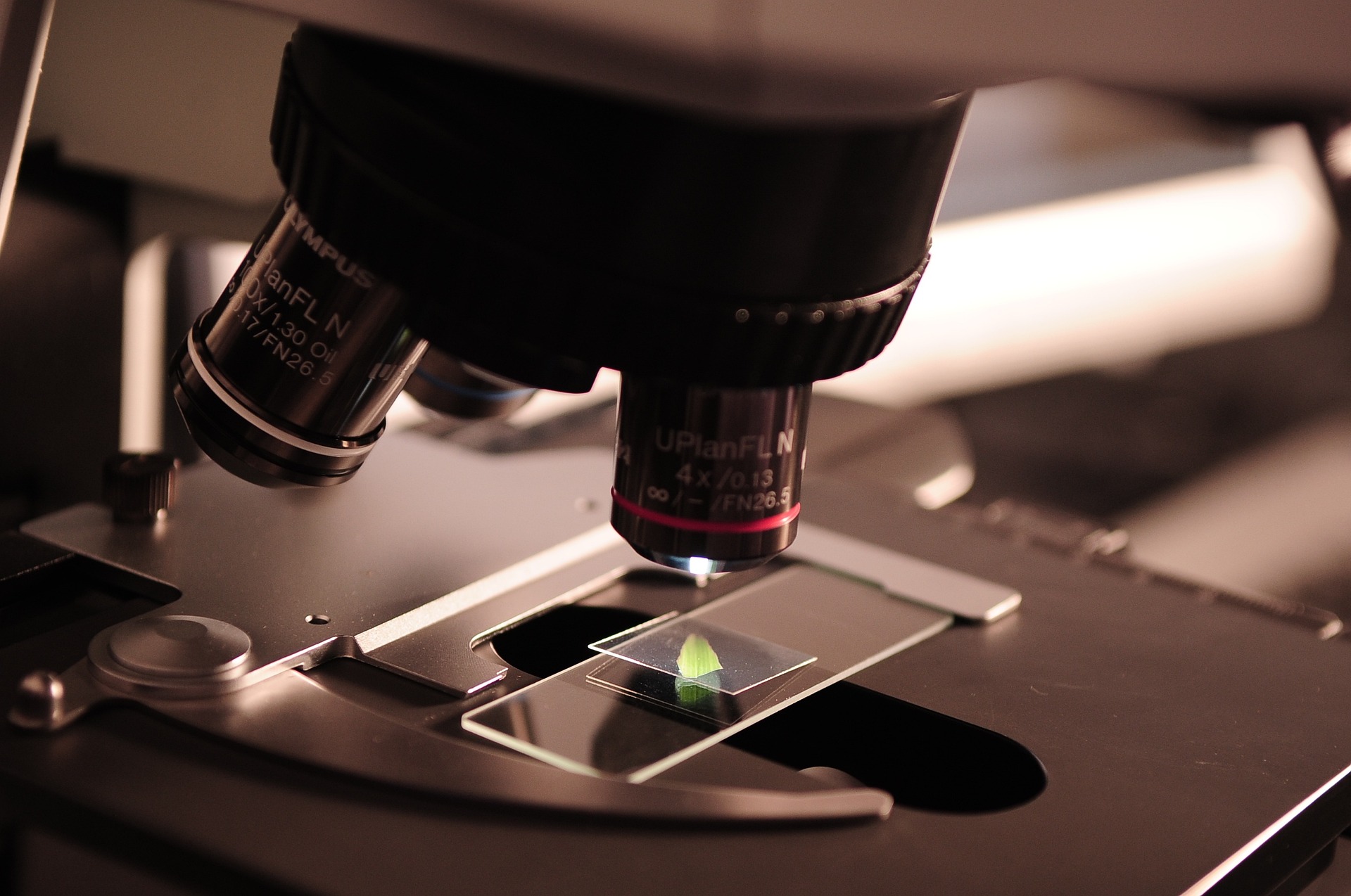
But this sidelining only lasted a short time, the harmful effects of many chemical drugs were quickly revealed with unprecedented scandals (Mediator, Depakine,...). During the last decades, different scientific studies have confirmed the benefits of medicinal plants for our health. In this same period, the will of an ever increasing number of people looking for a natural way to treat themselves has allowed phytotherapy to enter our daily lives.
The advent of phytotherapy is marked by the emergence of a reconciliation between the traditional use of plants and scientific research. Scientific and technical progress has made it possible to offer therapeutic forms that are ever safer, more appropriate and more effective while respecting ethical and eco-responsible values.
Did you know that ?
Several medicines are inspired by plants in nature and in the traditional use of people, this is called biomimicry :
- Aspirin is one of the most widely used painkillers and blood thinners in the world;
- Morphine and codeine, are two essential analgesics to alleviate the pains of strong intensity;
- Quinine, is the essential molecule to fight malaria and certain skin diseases;
- Taxotere, is the leading molecule in breast cancer treatment;
- Digitalis, is the molecule that stimulates the heart in the case of heart failure.
The synergy of action of the plant
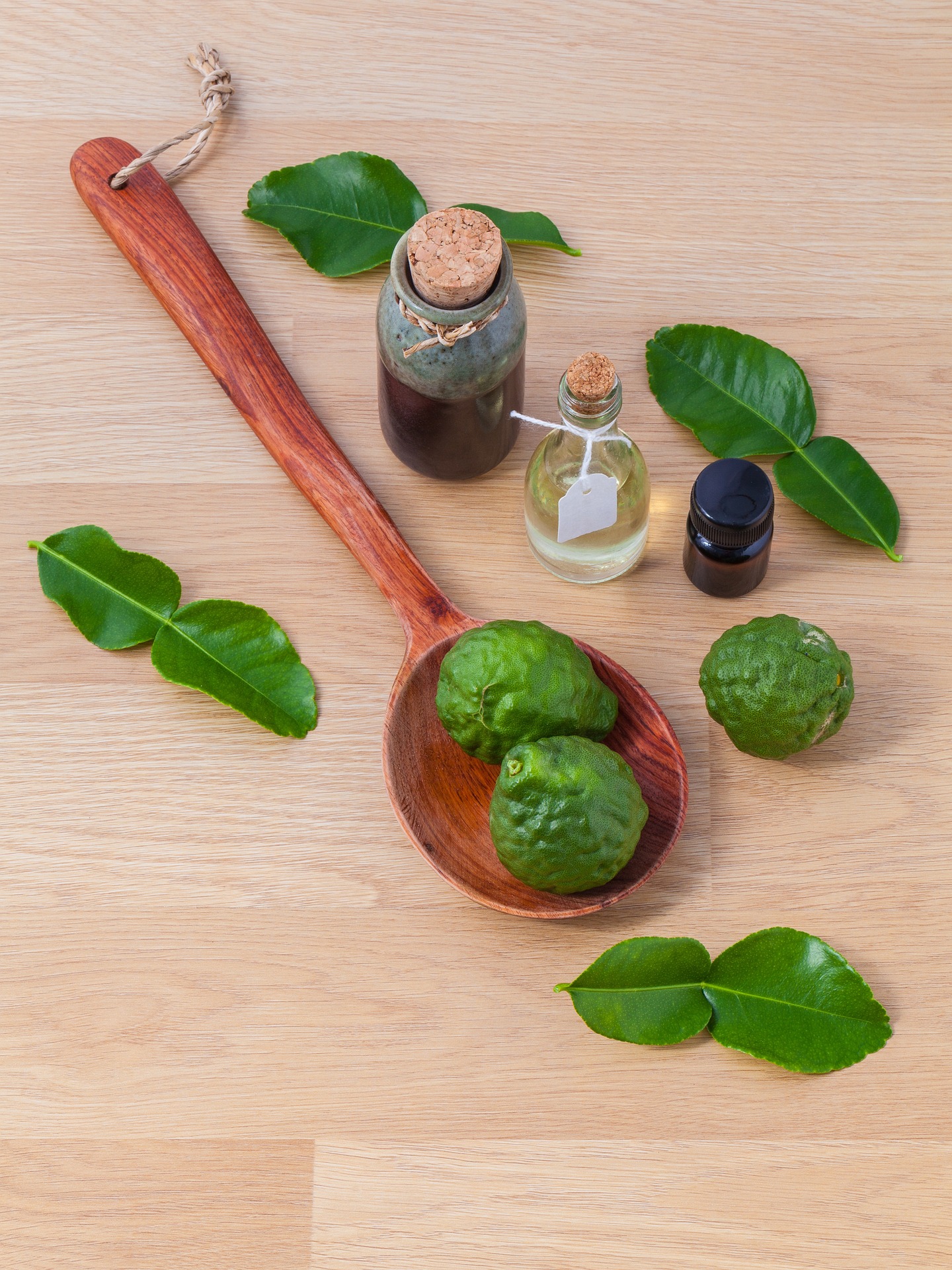
Unlike the chemical drug whose action is based only on a single molecule of synthesis, the medicinal plant, it, rests on the whole of its components which will act in synergy, it is what one calls the totum.The synergy of action of a plant designates the therapeutic effect which results from the combination of the various active components present in the plant. In other words, the synergy of action of a plant is the result of the interaction of the different chemical substances present in the plant, which can have beneficial effects on human health. This synergy of action can be considered as a form of increased effectiveness compared to the use of a single active component in isolation. Synergy of action can be studied in the laboratory to evaluate the therapeutic effect of the plant and to determine the appropriate dosages for use in herbal medicine.
The word "totum" can also be used to designate all the active substances present in a plant. In other words, the totum of a plant could be considered as the combination of all chemical substances present in the plant, which can have therapeutic effects on the human body. In this sense, the totum of a plant could be used in phytotherapy to treat diseases or health disorders by using all the active components of the plant.
Thus, the synergy of action of several components allows to obtain a unique action and always more effective than if they were taken separately. It is the same principle as the cocktail effect with active ingredients acting in harmony to achieve a unique effect.
Plants : a field with multiple applications

Plants are living organisms that have many uses in medicine, perfumery, cooking and other fields. In medicine, plants can be used in phytotherapy to treat illnesses or health problems by using the active substances they contain. In perfumery, plants can be used to extract essential oils that are used in the manufacture of perfumes and cosmetics. In cooking, plants can be used as ingredients to add flavors and aromas to foods. In addition, plants play an important role in the ecosystem as carbon-producing organisms and by providing oxygen to the atmosphere. Plants are therefore a field with multiple and diversified applications.
Medicinal plants are proposed through food supplements. Sleep disorders, digestion problems, stress and fatigue, ... both for prevention and treatment of everyday ailments of the human body, medicinal plants have a multitude of applications.

